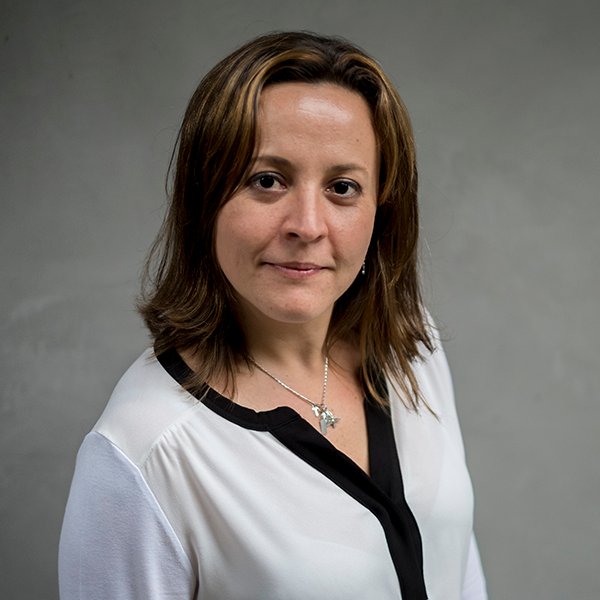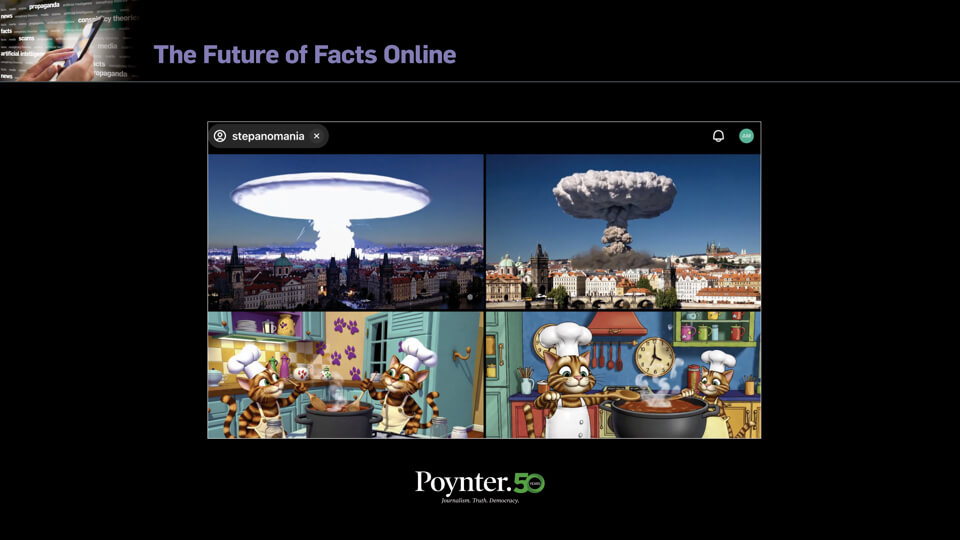This was a tough week for those who are at the forefront of the war against disinformation. Two cases of great media impact made it clear that the battles are growing in complexity and that everyone should know by now how they can help to take oxygen away from videos that push falsehoods about COVID-19 (and other topics).
On July 24, CNN warned in a tweet that TV stations owned by the Sinclair Broadcast Group across the country were set to air an interview with the woman who created the discredited “Plandemic” video. The segment suggested that Dr. Anthony Fauci, probably the most famous immunologist in America, was responsible for the creation of the new coronavirus.
Rated false by PolitiFact and FactCheck.org in May, the “Plandemic” video consists of a huge conspiracy theory that had already been taken down by Facebook, YouTube and Vimeo for spreading harmful and misleading health information. But, for some (very) rare reasons, some people at Sinclair Broadcast Group were still willing to show it on television.
Around 3 p.m. on Saturday, fully involved in the coverage of the case, CNN reporter Oliver Darcy posted a thoughtful tweet:
“Who needs Russian disinformation when you have US companies willing to poison their own audiences with discredited conspiracy theories?” he wrote.
It took me a second to agree with Darcy. For some years now, the United States has tried to find a way to avoid external interference in elections. Since 2016, social media platforms have been pressured to prevent falsehoods from reaching their users. But what about TV? How can the U.S avoid dis/misinformation there?
Several fact-checks on the “Plandemic” video had already been published. Many platforms had already removed the recording. How could the country legally and democratically prevent a private media house from distributing such widespread falsehoods that had already been debunked?
The hours, however, passed by. And self-regulation revealed its power. Around 5 p.m. Darcy announced that the Sinclair Broadcast Group had given up. Due to political and/or popular pressure, the interview with the “Plandemic” “researcher” was no longer to be aired.
On Tuesday, July 28, however, self-regulation failed.
The U.S. woke up flooded by a video in which a group of doctors said that facial masks were not necessary to avoid the new coronavirus and that hydroxychloroquine was the cure for COVID-19.
In six hours, on Facebook alone, the video was seen 14 million times. On Twitter, it became viral with President Donald Trump’s support.
Fact-checkers once again took action. The Associated Press, LeadStories, FactCheck.org and PolitiFact, among others, explained that there is still no proven cure for COVID-19 and that wearing masks is very important.
Once again, tech giants removed the false content from their platforms, claiming that it could also put human lives at risk. In other words, the situation was very similar to the previous one.
But this time, however, the chaos did not stop. Throughout the day, several other versions of the doctors’ video continued to circulate on social media. In WhatsApp groups, several copies of the recording were seen.
Why did that happen? What was different in both cases? While fact-checkers and academics collect data to answer these questions objectively, I propose a very simple reflection.
Many of the messages I saw on Tuesday about the doctors’ video came from people who criticized its content, who were actually speaking against the information it contained and who clearly knew about its low quality. Even so, they shared the recording, helping, in a way, to amplify it on the internet and on mobile apps.
This is not how we deal with mis/disinformation.
If you want to help those who are at the forefront of the war against falsehoods, never retweet or share a piece of dubious or obviously false content _ even if it really bothers you. Take a photo, take a screenshot or write a description of it.
When criticizing it, please think that you need to take its strength away. When you share a piece of content — albeit under criticism — you are giving it extra life, extra oxygen. And low-quality content does not deserve that.
Read this article in Spanish at Univision.
* Cristina Tardáguila is the associate director of the International Fact-Checking Network and the founder of Agência Lupa. She can be reached at ctardaguila@poynter.org.







